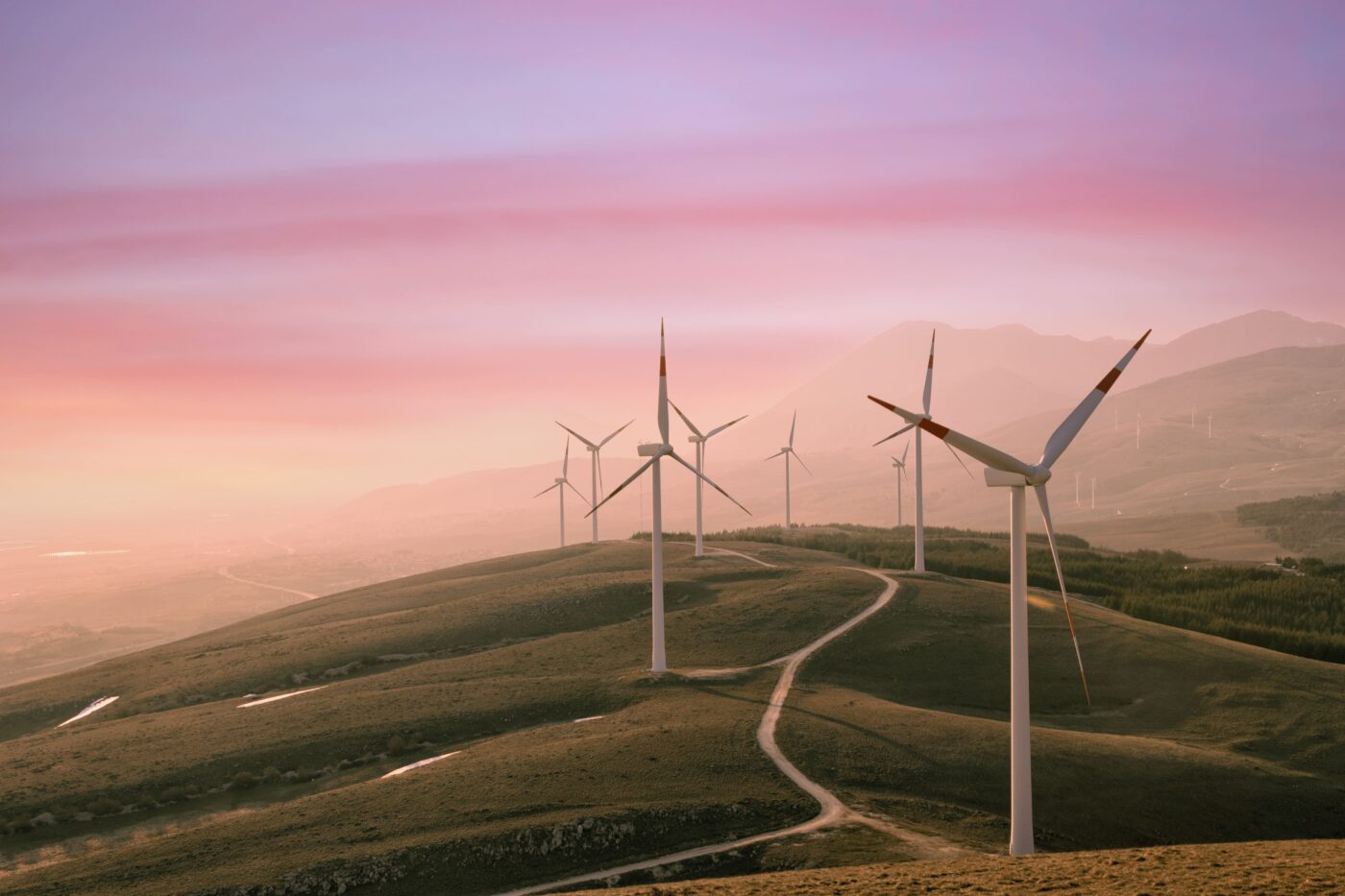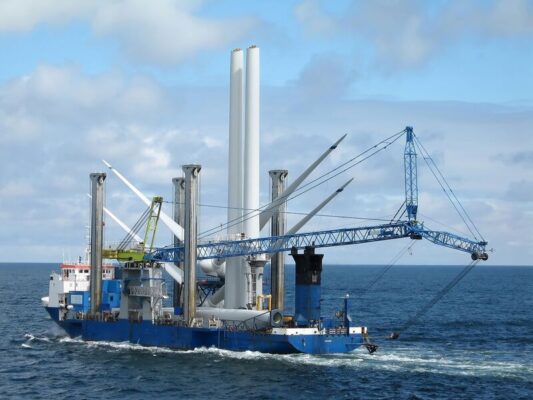The wind energy installed last year in the EU comprises 14 GW from onshore and 3 GW from offshore wind farms. Germany led the charge, adding the most wind capacity, followed by the Netherlands and Sweden. Notably, the Netherlands set a benchmark by constructing the Hollandse Kust Zuid, currently the world’s largest wind farm with a capacity of 1.5 GW.
Despite this progress, the EU remains on a challenging path to meet its 2030 climate and energy security targets. The goal would require an annual installation of 30 GW of new wind energy, significantly more than the current rate. According to the International Energy Agency (IEA), Europe is expected to build around 23 GW annually between 2024 and 2028.
The European Wind Power Action Plan and the European Wind Charter, receiving endorsement from 26 EU Energy Ministers, serve as key instruments in advancing Europe’s energy ambitions. These initiatives focus on critical actions like simplifying permitting processes, enhancing the design of auctions for new wind farms, and providing financial support for wind turbine manufacturing and essential infrastructure.
EU’s power portfolio
Wind energy now accounts for 19% of the EU’s total electricity production, a testament to its growing importance in the energy mix. In comparison, hydroelectric power contributes 13%, solar power 8%, and biomass 3%, bringing the total share of renewables to 44%.
Additionally, the efficiency of wind energy production is on the rise. The capacity factor, which measures the actual output against the potential output of a facility, has shown impressive numbers. For new onshore wind farms, it ranges from 30-48%, and for offshore wind, it consistently hits around 50%.
The road to 2030
The EU’s wind energy expansion in 2023 marks a milestone in renewable energy development. However, the race against climate change and the ambitious 2030 targets is far from over. The EU must accelerate its efforts, focusing on national implementation of strategic plans and cohesive collaboration among member states.



